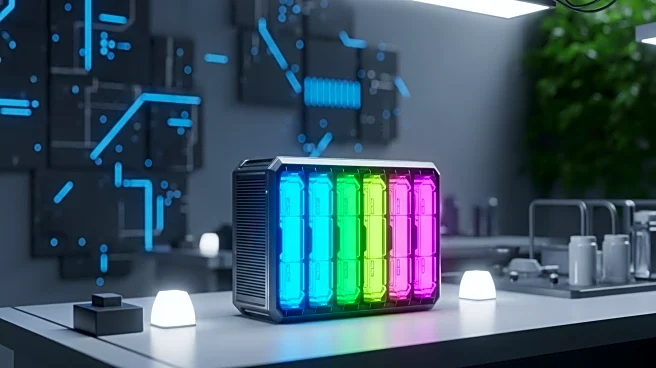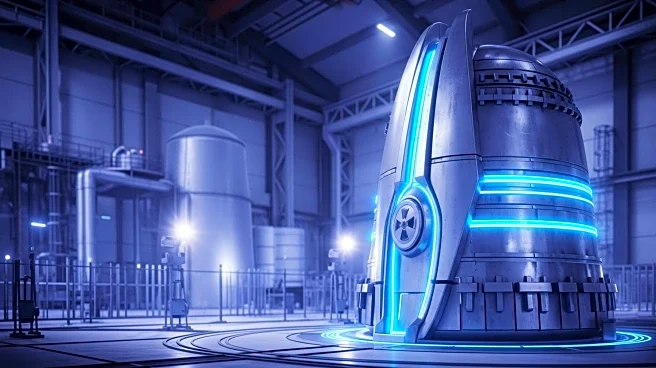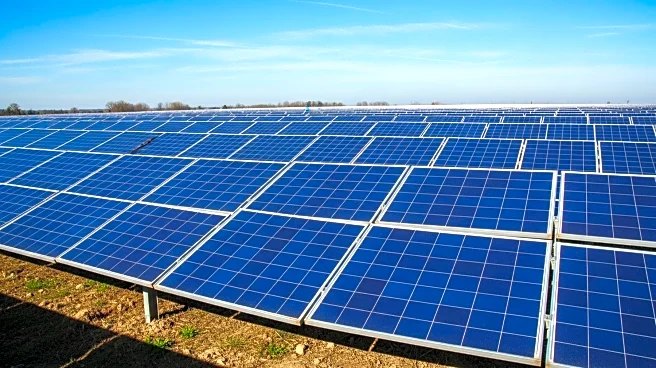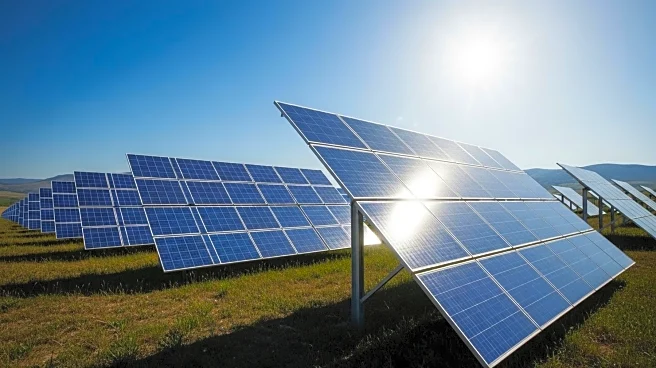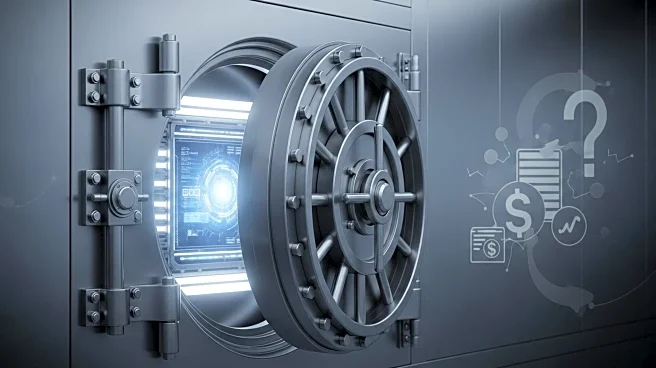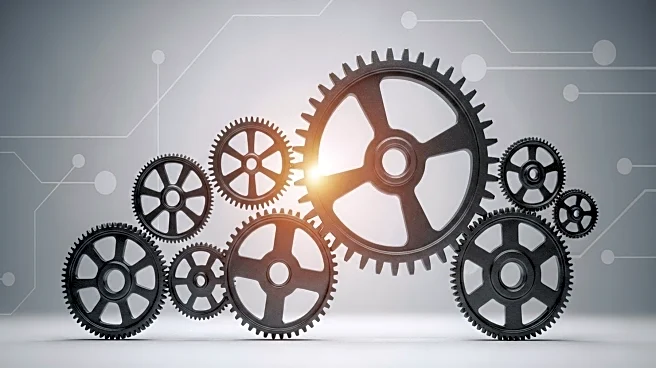What's Happening?
Form Energy, a U.S.-based startup, has been named a finalist in the Earthshot Prize for its innovative iron-air battery technology. This long-duration energy storage solution promises to deliver electricity for up to 100 hours, addressing the limitations of current lithium-ion batteries which typically last only four hours. The iron-air battery, based on reversible rusting, offers advantages in cost, supply chain, and fire safety. Form Energy has secured significant investment and partnerships, demonstrating the potential of its technology to transform energy storage and support renewable energy integration.
Why It's Important?
Form Energy's advancement in the Earthshot Prize highlights the growing importance of long-duration energy storage in the transition to renewable energy. By providing a more economical and safer alternative to lithium-ion batteries, the iron-air technology could reduce reliance on gas peaker plants and enhance grid reliability. This innovation is crucial for meeting increasing energy demands and supporting the expansion of wind and solar power. The recognition by the Earthshot Prize underscores the global interest in sustainable energy solutions and positions the U.S. as a leader in energy storage innovation.
What's Next?
Form Energy's progress in the Earthshot Prize could attract further investment and partnerships, accelerating the commercialization of its iron-air battery technology. As the company continues to refine its product, it may influence energy storage policies and standards, particularly in urban areas where fire safety is a concern. The outcome of the Earthshot Prize could also boost the visibility of long-duration storage solutions, encouraging other innovators to explore alternatives to lithium-ion technology.
Beyond the Headlines
The success of Form Energy's iron-air battery could have broader implications for the energy industry, challenging the dominance of lithium-ion technology and reshaping supply chains. Ethical considerations around resource use and environmental impact may arise as iron-air technology scales. Additionally, the focus on safety and cost efficiency could lead to new regulatory frameworks, influencing the future of energy infrastructure development.

